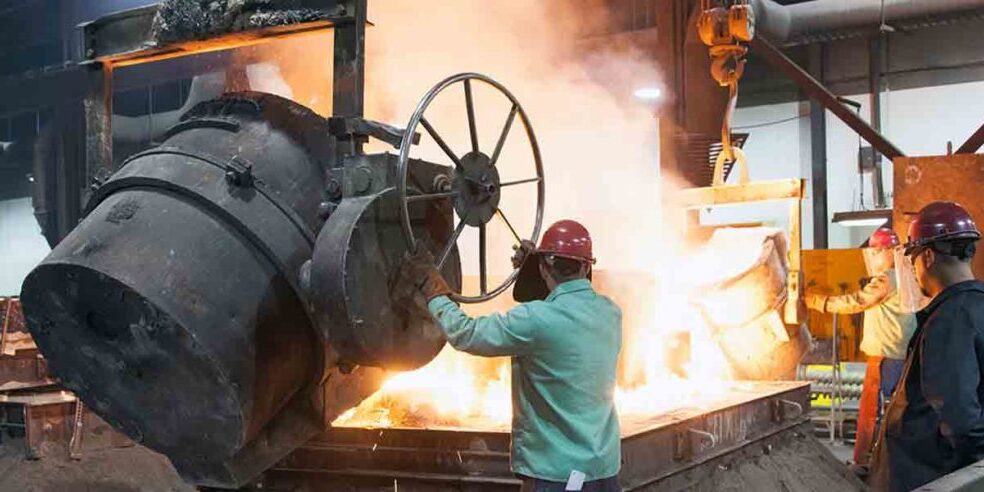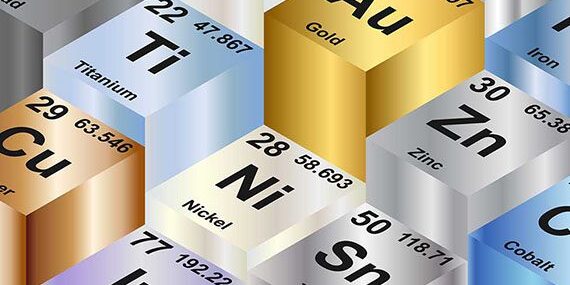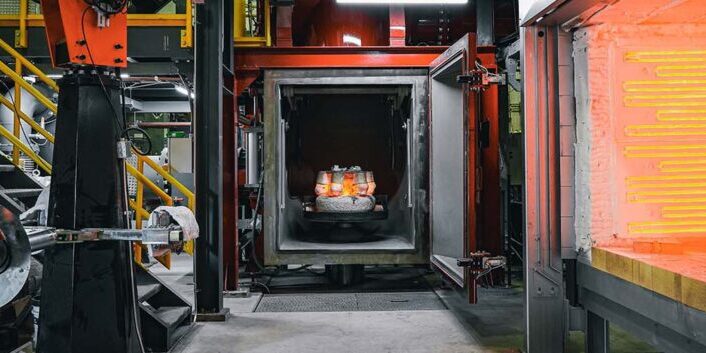Blog 304 vs. 316 Stainless Steel: Which One Is Better?
Stainless steel is one of the world’s leading metals in various applications. It provides exceptional corrosion resistance, durability, and aesthetic appeal. While the name suggests that it is impervious to everything, stainless steel is still susceptible to problems metals face, like rust and corrosion. The critical difference is its longevity to withstand elements without showing signs. Among the multitude of grades available, 304 and 316 stainless steel stand out as the two most common. Both 304 and 316 stainless steel are often called marine grade or surgical stainless steel.
What is Stainless Steel?
Stainless steel is an alloy comprised of iron, chromium, nickel, and other elements. The addition of chromium is vital to making stainless steel. It forms a protective oxide layer on the surface of the steel, preventing corrosion and enhancing its resistance to various environmental factors. The chromium layer can regenerate when damaged and does so quicker when more chromium is present. The rust and corrosion rate is incredibly low due to this protective layer.
Due to the robust properties of stainless steel, its versatility extends to most industries including petrochemical, process equipment, and turbine engine. Stainless steel is available in multiple alloys, but the two most common are 304 and 316 stainless steel. These both are classified as austenitic stainless steels.
For a further breakdown of stainless steel in general, check out What Makes It Stainless.
304 Stainless Steel
The 304 stainless steel alloy is the most widely used and versatile grade in the stainless-steel family. It comprises roughly 18% chromium and 8% nickel. Notably, it doesn’t contain any molybdenum. 304 stainless steel is highly resistant to atmospheric corrosion, water, and many chemicals. Along with its ease of fabrication, 304 stainless steel is a popular choice for metal castings for applications such as pump & valve components, food processing equipment, bearings, heat exchangers, and pressure vessels.
Pros and Cons of 304 Stainless Steel
- Corrosion Resistance – 304 stainless steel exhibits excellent resistance to various corrosive environments, including mild acids and alkaline solutions. Notably, it does not do well in high concentrations of chloride. It is susceptible to pitting problems.
- Versatility – Altering the composition is easy with 304 stainless steel. In addition to use in metal castings, it has a remarkable ability to be bent, welded, and machined.
- Cost-Effective: Compared to 316 stainless steel and some higher-alloyed stainless steels, 304 is relatively cost-effective, mainly due to its versatility and ability to adapt quickly and efficiently.
316 Stainless Steel
316 stainless steel takes corrosion resistance to the next level. It has an alloy composition of roughly 18% chromium, 9% nickel, and 2-3% molybdenum. The molybdenum helps increase strength and hardness, especially at higher temperatures. The more significant upside to alloying molybdenum into steel is that it boosts corrosion resistance to chloride. This makes it a top choice for applications in marine settings, chemical processing, and pharmaceutical manufacturing.
Pros and Cons of 316 Stainless Steel
- Enhanced Corrosion Resistance – Adding molybdenum significantly improves 316’s resistance to pitting and crevice corrosion, making it suitable for harsh environments. It contributes to the higher price point compared to 304 stainless steel. But the enhanced durability is the trade-off.
- High-Temperature Resistance: 316 retains its strength and corrosion resistance at elevated temperatures, making it ideal for heat applications. 304 stainless steel is adequate for most temperature environments but will experience corrosion effects at extreme temperatures.
- Non-Reactive Qualities – It is a non-reactive alloy, making it an excellent fit for medical equipment and pharmaceutical equipment.
| Feature | 304 Stainless Steel | 316 Stainless Steel |
| Composition | 18% Chromium, 8% Nickel (No Molybdenum) | 18% Chromium, 10% Nickel, 2-3% Molybdenum |
| Corrosion Resistance | Excellent in mild environments; susceptible to pitting and crevice corrosion, especially with chlorides. | Superior corrosion resistance, including against chlorides and in harsh environments. |
| Strength | Good | Good, slightly higher due to molybdenum |
| High-Temperature Performance | Good for many applications, but can be susceptible to corrosion at very high temperatures. | Excellent high-temperature strength and corrosion resistance. |
| Weldability | Excellent | Excellent |
| Cost | More cost-effective | More expensive |
| Typical Applications | Food processing equipment, kitchen appliances, sinks, architectural trim, pump and valve components. | Marine environments, chemical processing, pharmaceutical manufacturing, medical devices, heat exchangers. |
| Magnetic | Slightly Magnetic | Slightly Magnetic |
In the world of stainless steel, the choice between 304 and 316 depends on the application’s specific requirements. While 304 offers excellent corrosion resistance and versatility at a more affordable price point, 316 stainless steel is a better choice for applications demanding superior corrosion resistance, especially in harsh environments.
Our team at MetalTek can help guide your choice in selecting the suitable alloy for your project. Picking the correct alloy can save you money and enhance durability. Start your metal project journey today by connecting with our team of experts.



